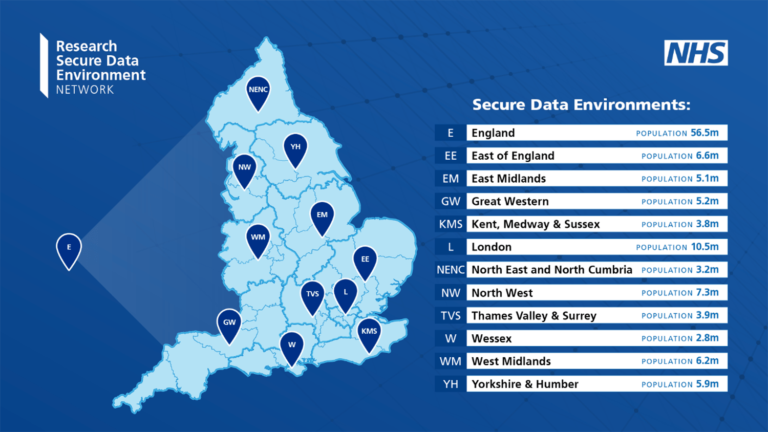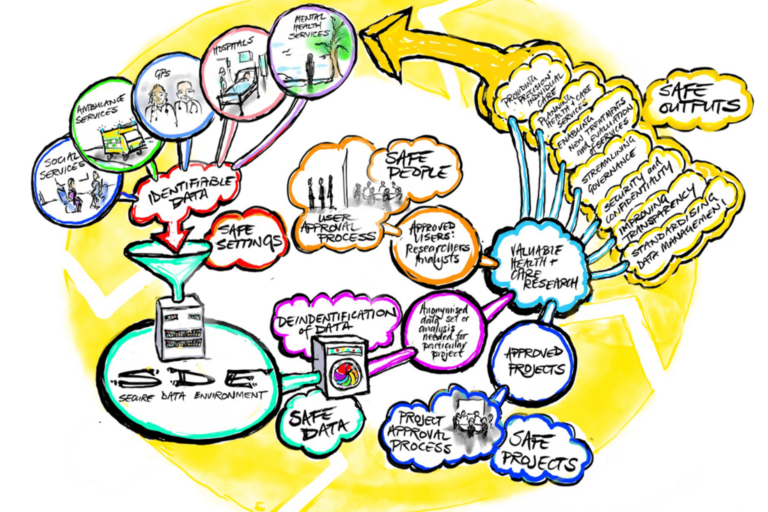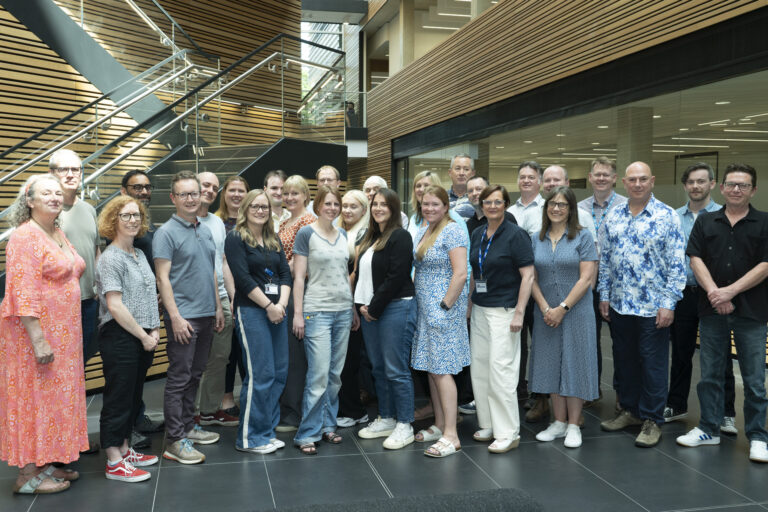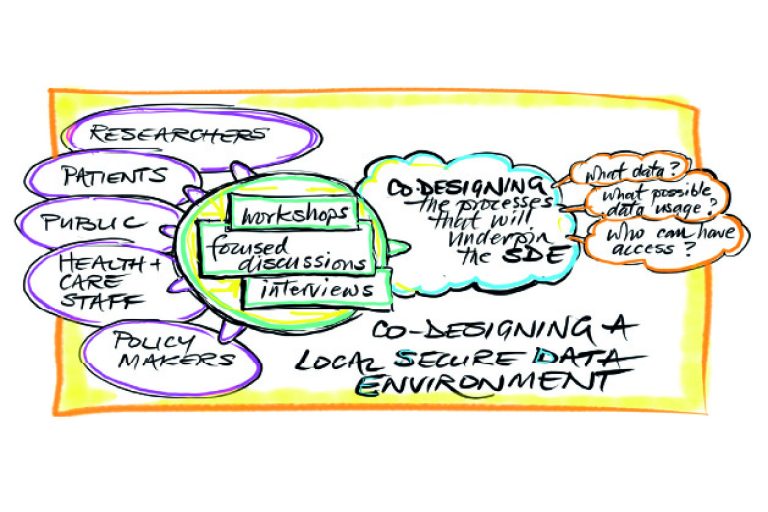Information about all people using health services can help plan and improve future services. This might be by looking at data about:
- who is using services. For example, looking at how many children are born to plan services for young people, or
- by doing research to develop new care and treatments.
By linking together small amounts of data from lots of patients, planners and researchers can look for patterns. This helps them identify ways to improve health and care services. The information is really valuable to help to:
- understand more about disease
- develop new treatments
- monitor safety
- plan services and
- see if NHS policy is working.
To carry out useful planning and research, it is important to ensure the data on everyone is accurate and complete. This video provides a short summary of why we need data from everyone and how large data sets are used. Find out more in the guide created by Understanding Patient Data available here.

We know from the Covid-19 pandemic that data saves lives.


NHS Research Secure Data Environment Network
The TVS SDE is part of the NHS Research Secure Data Environment Network which helps approved researchers by simplifying and accelerating secure access to NHS data. By enabling world class research, the SDE Network is transforming how data is used to drive innovation and improve patient care. The SDE Network supports innovative research of all types, with a focus on:
- Algorithm training and development
- Clinical trial activities (feasibility, recruitment and follow-up)
- Real world studies
- Translational research
- Epidemiological studies
- Health systems research
SDEs will provide secure storage for patient data. People, like university or industry researchers, can apply to become approved users to access this data. The data they can see is agreed before they are given access. The data will not leave the NHS.
Find out more about the Thames Valley & Surrey SDE:
Find out more about who is involved in the TVS SDE:
Useful Links:











